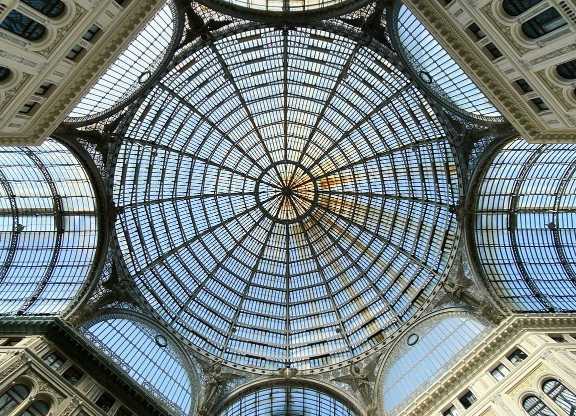In today’s world, the importance of sustainability cannot be overstated. As the effects of climate change become more apparent and pressing, many homeowners are looking for ways to reduce their impact on the environment. One of the best ways to do this is by incorporating sustainable building materials into home renovations. Not only are these materials better for the environment, but they can also provide numerous benefits for homeowners, such as lower energy bills and improved indoor air quality. In this article, we will explore some of the ways in which homeowners can incorporate sustainable building materials into their home renovations to create greener homes.
One of the most popular sustainable building materials is reclaimed wood. Reclaimed wood is wood that has been salvaged from old buildings, barns, or other structures and then repurposed for use in new construction or renovations. Using reclaimed wood in home renovations can add a unique and rustic touch to a home, while also reducing the demand for new timber. This can help to preserve forests and reduce deforestation, which is a major contributor to climate change. Additionally, using reclaimed wood can also help to reduce the amount of waste that ends up in landfills, as it gives old wood a new lease on life.
Another sustainable building material that homeowners can incorporate into their renovations is bamboo. Bamboo is a fast-growing and renewable resource that is incredibly strong and durable. It can be used in a variety of ways in home renovations, from flooring to cabinets to countertops. Bamboo is also a highly sustainable material, as it can be harvested without killing the plant, allowing it to regrow and be harvested again in the future. By using bamboo in home renovations, homeowners can help to support sustainable forestry practices and reduce their impact on the environment.
Cork is another sustainable building material that homeowners can consider for their renovations. Cork is harvested from the bark of cork oak trees, which are native to the Mediterranean region. Harvesting cork does not harm the trees, as only the outer bark is removed, allowing the tree to regenerate and continue to absorb carbon dioxide from the atmosphere. Cork is a versatile material that can be used for flooring, wall coverings, insulation, and more. It is also naturally resistant to mold, mildew, and pests, making it a great choice for homeowners who are looking to improve the indoor air quality of their homes.
One of the most important sustainable building materials that homeowners can incorporate into their renovations is insulation. Proper insulation is essential for maintaining a comfortable and energy-efficient home, as it helps to regulate temperature and reduce energy consumption. There are many sustainable insulation options available, such as recycled denim, cellulose (made from recycled paper), and sheep’s wool. These materials are all effective at insulating homes and can help to reduce heating and cooling costs. By adding sustainable insulation to their renovations, homeowners can create a more energy-efficient home that is also better for the environment.
In addition to using sustainable building materials, homeowners can also take steps to reduce their overall environmental impact during home renovations. One way to do this is by choosing energy-efficient appliances and fixtures, such as low-flow toilets, LED lighting, and Energy Star-rated appliances. These items can help to reduce energy and water consumption, lowering utility bills and reducing greenhouse gas emissions. Homeowners can also consider installing solar panels or a green roof to generate their own renewable energy and improve the energy efficiency of their homes.
Another important consideration for creating greener homes is reducing waste during renovations. Construction and demolition waste can account for a significant amount of landfill waste, but homeowners can minimize this by carefully planning their renovations and recycling or repurposing materials whenever possible. For example, old cabinets, fixtures, and flooring can often be donated to a local charity or resale store instead of being thrown away. By reducing waste in this way, homeowners can help to conserve resources and reduce their impact on the environment.
In conclusion, there are many ways in which homeowners can incorporate sustainable building materials into their home renovations to create greener homes. From reclaimed wood to bamboo to cork, there are numerous sustainable materials that can be used to improve the environmental impact of home renovations. By choosing energy-efficient appliances and fixtures, installing sustainable insulation, and reducing waste during renovations, homeowners can create more sustainable and energy-efficient homes that are better for the environment and for their wallets. With the growing importance of sustainability in today’s world, incorporating sustainable building materials into home renovations is a great way for homeowners to do their part in creating a more sustainable future.
For more information visit:
EcoLogic Energy Advisors
www.ecologicenergyadvisors.com
1-866-517-5530
Collingwood, Canada









